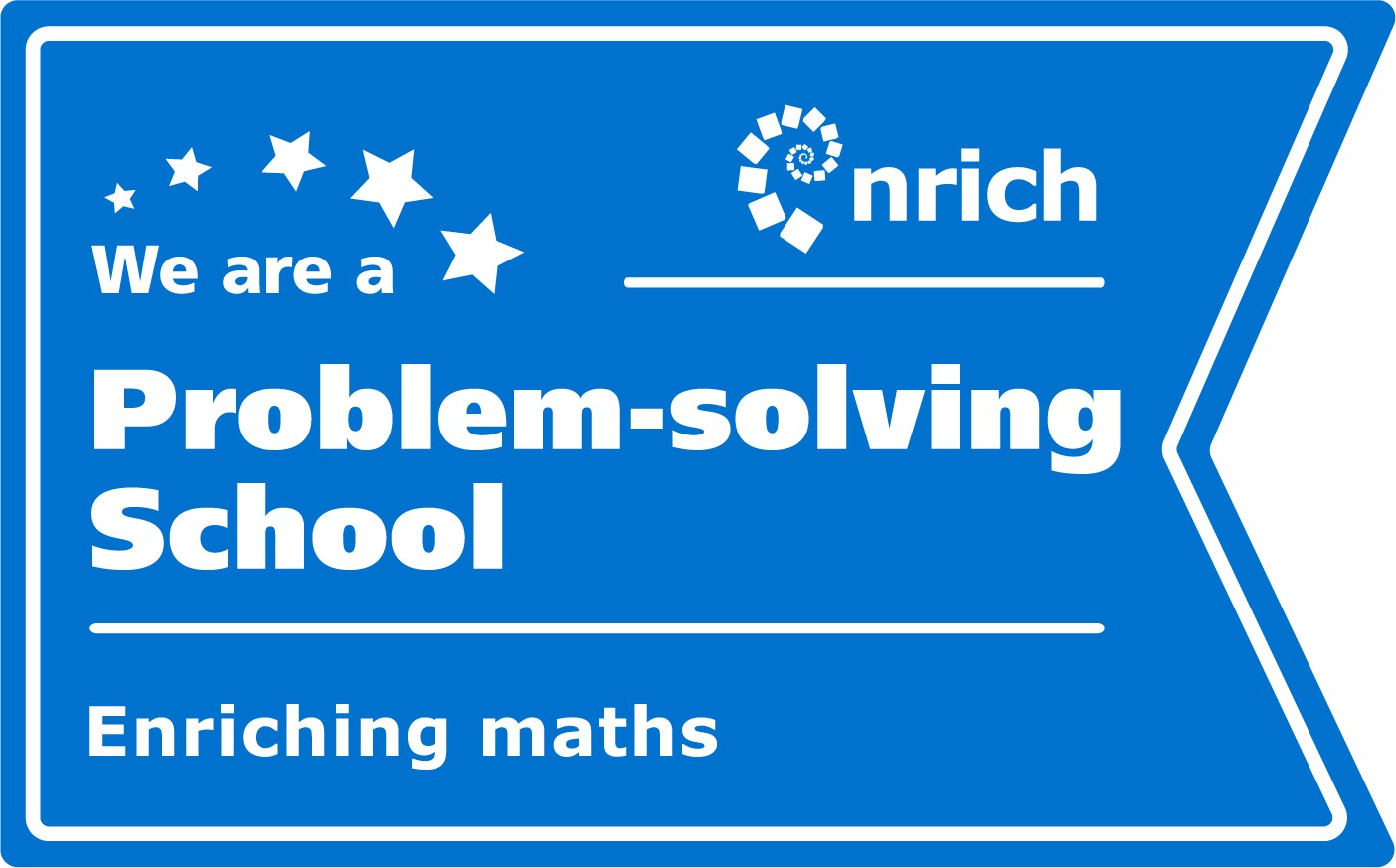Mathematics
Overview
The intent of our maths curriculum is to develop a deep understanding, confidence and competence in maths which is accessible to all. As a result of this they will:
- Learn steadily in small steps.
- Link sequenced methods and facts when problem solving
- Learn a mastery approach following White Rose Education.
- Understand how maths is important in everyday life
- Learn how to be systematic and independent problem solvers.
Intent
The importance of mathematics at Lodge primary is summarised by a quote from Albert Einstein, ‘Pure mathematics is, in its way, the poetry of logical ideas.’ The National Curriculum Programmes of Study states that, ‘mathematics is essential to everyday life, critical to science, technology and engineering, and necessary for financial literacy and most forms of employment.
At Lodge Primary, our intent is to provide a high-quality mathematics education which provides a foundation for understanding the world, the ability to reason mathematically and develop a sense of pupils’ enthusiasm and curiosity for the subject.
Our staff plan and deliver a mathematics curriculum which identifies and sequences in small steps so that pupils are able to build their knowledge over time. A well sequenced curriculum, systematic teaching and opportunities for consistent practice help pupils become proficient in mathematics. Our aim is to ensure that pupils make rich connections across mathematical ideas to develop fluency, mathematical reasoning and competence in solving increasingly sophisticated problems.
By giving children the right support and scaffolding, all children are enabled to become confident and competent in mathematics and no child is left to fall behind. We aim to create happy, resilient and aspirational mathematicians who relish a challenge.
Implementation
|
White Rose curriculum planning |
Teacher plan new learning based from the objectives in the medium term plans. Teaching staff follow the White Rose curriculum plans, however, they are encouraged to adapt lessons in response to the needs of their children. The curriculum offers opportunities for planned sequences of recapping and revisiting previously learned content. We feel this has a positive development in children’s learning. |
|
Early Maths |
Teachers deliver maths lessons based on the Educational Programme of Study contained within the Early Years Framework. White Rose Maths planning guidance is used alongside in order to support planning. Mastering Number sessions created by NCETM are incorporated as appropriate. Lessons include: verbally counting to ensure stable order of number, using Numberfun songs to support learning. NCETM Mastering Number to help with subitising and building on understanding of number composition. We have recently joined the Maths Champions Programme developed by the EEF. The aim of the Maths Champions programme is to improve practice in maths across a whole early years setting by providing access to online training, evaluative tools, and resources to enhance maths practice and build the confidence and skills of practitioners working with young children. The programme is accessed online and led by a Maths Champion, supported by a Deputy Maths Champion who works directly with children. |
|
Split Maths Lessons |
These lessons may be lessons in two-parts (split-maths). Every lesson begins with RAFT (see below) and times tables practise (see below). Whole class teaching begins with an Anchor Task, followed by two or three worked examples which are taught in depth. Children should be encouraged to answer in a variety of ways using correct terminology. (“I’m not interested in the answer!” “The answer is only the beginning”). A Hinge Question (see below) ends the first of the lesson. In the second half of the lesson (Independent work) children work through a variation of problems, including where appropriate, ‘Ready, Steady, Go!’ tasks. HA pupils are challenged through more open ended tasks.) Alternatively, pupils complete a journaling activity where they prove what they have understood from the lesson’s objectives. |
|
Working Walls |
Maths working walls throughout school focus on key knowledge, vocabulary and sentence stems and exemplify the terminology used throughout the teaching of maths. |
|
RAFT |
RAFT stands for Reflection and Feedback Time. This is the first five minutes of every maths lesson. It allows children time to reflect on previous lessons including answering any gap tasks given by the teacher and make any corrections from the previous learning. |
|
Key vocabulary |
Key vocabulary is shared in all lessons. Children are expected to use correct terminology when answering questions, discussions with peers and reasoning. |
|
Sentence Stems |
Sentences stems are used in every lesson. They are chanted throughout the lesson to help embed learning and decrease anxiety for SEND children. Children are exposed to the correct mathematical vocabulary and sentence stems. A ‘My turn, your turn’ approach is used to help embed these. |
|
CPA Approach |
All children use a concrete-pictorial-abstract (CPA) approach to help learn new ideas and methods. Teachers use their professional judgement to decide on the correct concrete and pictorial for their class. Children need to see the structure behind the maths and using a range of concrete manipulative allows the children to see this. |
|
Anchor Tasks
|
In the first half of the lesson (teacher led) children are given an open-ended anchor task. This should be accessible for all children in the class. All children should be using a range of practical equipment and working on whiteboards to solve the anchor task. This is used as an assessment for learning task and allows teachers to see children’s’ understanding before they start the lesson. Any children who are confident in the learning can start a problem solving style question independently whilst the rest of the children continue with the main teaching input. |
|
Hinge Questions |
Hinge questions are used as an AfL task after whole class teaching, to identify pupils who require further support in the second half of the lesson. This is part of our keep up approach to teaching. Any children who still have any misconceptions should be given instant support by a teacher or teaching assistant. The Afl task should be used by teachers to decide which level of work children should be working at (Ready, Steady or Go) |
|
A range of question types |
All children are exposed to a wide range of question types, such as: What do you notice? Convince me. What’s the same? What’s different? This allows children the opportunity to master the curriculum and improve their reasoning skills. This also has an impact on their oracy skills through paired discussion and when answering questions given in class. Having a variety of question types helps children understanding the meaning of maths concepts and improves their ability to problem solve. |
|
Problem Solving
|
All children are given the opportunity to solve problems regardless of their ability. At least every half term all children should receive a whole class problem solving lesson. All children should start the lesson with a problem solving task. These can include: goal free problems, logic, find all possibilities, spotting patterns, hedging or which one doesn’t belong. Children should be supported or challenged through enabling and extending prompts (See below) |
|
Enabling and Extending/ Inclusion |
Enabling and extending prompts are used to ensure all children are making progress in the lesson. Enabling prompts are used to support children they can include:
|
|
Times Tables and number facts |
Every lesson should start with a times table focus. This can be carried out by playing games, using visual, concrete methods and whole-class chanting. Teaching should start with basic times table facts, then move onto missing numbers, moving the equals sign and division questions. Every year group follows the Lodge Times Table Policy, which outlines the focus for each term. Children complete a daily 1 minute timetables booklet which includes chanting of given tables. Every Friday children complete an X factor challenge test which tests that week’s learning as well as mastery facts including division and missing number questions. Times tables Rockstars and NumberBots is used to help children’s learning of key facts at home. Fluency Bee is used to help children with their subitising skills. |
|
Flash backs |
Children work on their retention of previous knowledge through the daily use of Flashback 4. These are used to assess the children on something they learnt last lesson, last week, last term and last year. |
|
Quick Response Maths (QRM) |
Any children who have not achieved the objectives from the lesson, are given same day support through quick response maths (QRM). This ensure that pupils are able to keep up with age related expectations. |
Impact
Class teachers assess children’s understanding in mathematics.
Assessment as learning happens during the lesson. Key sentences are chanted throughout the lesson and live marking is used to assess pupils.
Assessment for learning is used on a day to day basis through the use of questioning, (Anchor Tasks, Hinge Questions) and live marking. Pedagogy is adapted using enabling and extending factors.
In addition to this, we use summative assessments such as review tasks at the end of every block of learning and White Rose end of block assessment questions at the end of every term. These assessments are used to inform overall teacher assessment which is recorded on the school tracking system. This data is then analysed to improve the children’s learning in mathematics.
Gaps in learning are identified including misconceptions that children may have. These misconceptions are addressed during Response and Feedback Time (RAFT) and pupils are supported to keep up through Quick Response Maths (QRM).
- Children know more, remember more and understand more about maths.
- The large majority of children achieve age related expectations in maths.
- As mathematicians, children learn lessons from mathematics to influence the decisions they make in their lives in the future.
- Children have a strong growth mindset and love being challenged.
- Children can confidently talk about their mathematics work and explain their mathematical thinking.
- Learning is tracked and monitored to allow good progress for children.

